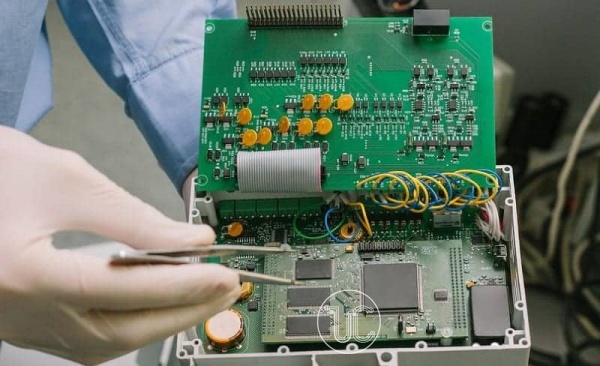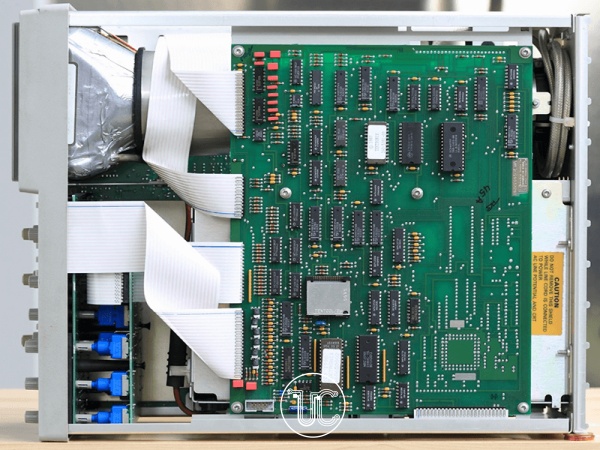Categories
Recent Posts
What is box build?
The end result of the box assembly process is a fully assembled electronic product package, ready for integration into the final application, such as medical equipment, industrial control systems, telecommunications equipment, and many other electronic products that we use on a daily basis. Box assembly requires collaboration between engineers. -designers, procurement specialists, and manufacturing technologists who will take the product from initial concept through prototyping, testing, pilot runs, and final mass production.
Common components and assemblies in the box build products

Printed Circuit Boards (PCBs) – Basic printed circuit boards containing electronics and product components. May include main controller boards, peripheral boards, power boards, etc.
Power Supplies – Convert and regulate voltage levels to power the system. May be AC/DC converters, DC/DC converters, or dedicated power modules.
Wire Harnesses and Cables – Connecting PCBs and Devices. May have connectors, terminals, or connectors. Often designed specifically for a product..
Electromechanical Parts – Switches, relays, buttons, sensors, motors, blinds, and other mechanical/electrical parts.
User Interface Components – Displays (LCD, LED segments, OLED), keyboards, touch screens, buttons, switches, lights, speakers.
Cases and Enclosures – Protective metal or plastic boxes surrounding internal components. Can be custom made or ready to use.
Hardware – Nuts, bolts, stands, brackets, rails that mount and position components inside the case.
Battery Packs – Rechargeable lithium or specialty battery packs used as a backup power source.
Heat sinks and fans – Dissipate the heat generated by powerful components. Passive radiators or active fans.
Connectors and cables – External connections for data, power, peripherals, antennas, etc. Common types: USB., HDMI, RJ45, DB9.
Custom Shielding – Metal shielding for EMI/RFI protection or separation of high and low voltage areas.
The specific components vary greatly depending on the application of the product.
Benefits of using a box building assembly in electronic products

There are several benefits to using a boxed assembly approach, especially when compared to assembling products using individual components or manufacturing in-house. Key benefits include:
Simplified Supply Chain Management
One of the big benefits of box assembly is supply chain optimization. Instead of managing a bunch of different suppliers sending you individual components and assemblies, you get a complete, finished product from one supplier.
Save time and money
Outsourcing box assembly optimizes production and reduces costs. Instead of working with multiple suppliers, assembly, testing, and quality control processes separately, you streamline these activities by relying on a single supplier.
Expertise and Specialization
Instead of trying to master a variety of complex assembly and testing processes on your own, you can rely on expert assembler knowledge. Take advantage of the skills they have honed over years of producing boxes. Their engineering teams have a wealth of experience to ensure a high quality end product.
Ensure quality
Reputable assembly box suppliers maintain strict quality control. This can result in a higher quality final product as the supplier places special emphasis on consistent assembly and thorough testing.
Scalability
The big advantage of using a box assembly assembler is its flexibility in scaling up and down production. From small prototype runs to large production runs, reliable assemblers have the ability to produce whatever quantity you need. With extensive capabilities, advanced equipment, and skilled personnel, they can handle any number of assembly boxes. They can easily adapt to produce exactly the volume you need, when you need it.
In order to ensure the realization of the final function and the stability of the quality of electronic products, many tests are required for electronic products, such as ICT test to detect the welding status of electronic components and the continuity of the circuit; FCT function test to detect the input and output parameters of the PCBA board; and aging test (Aging Test, sometimes also called Burn In) to detect whether the electronic components are defective, and to find empty soldering, false soldering, and cold soldering.
Ucreate electronic engineers will conduct necessary all-round inspections on the final assembled products according to the characteristics of electronic products and the requirements of customers, in accordance with the SOP process specifications, to ensure that the performance of the assembled electronic products is stable and the quality is reliable.
Related Posts:
1.What is Electronic Manufacturing Services (EMS)?
3.Ucreatepcb | Reliable Chinese PCB Manufacturer
4.Turnkey PCB Assembly Services
5.The quality control of PCBA processing
Welcome to consult our sales engineer with BOM list and Gerber file